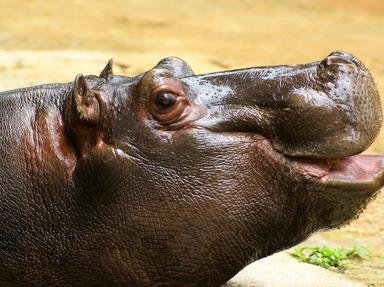Quiz Answer Key and Fun Facts
1. Among these animals, which one falls under the Canidae family as opposed to being part of the Felidae family?
2. Three of these animals belong to the Bovidae family. Which is the odd one out as it is a member of the Cervidae family?
3. Three of these snakes use venom to kill their prey. Which one is a constrictor and not venomous?
4. Among these hoofed animals, which one is an odd-toed ungulate, not an even-toed ungulate?
5. Which of these creatures is a marsupial rather than a placental mammal?
6. The odd one out in this group belongs to the order Cetacea, while the other three are Carnivorae. Which one is it?
7. Out of these animals, which one is an invertebrate, not a vertebrate?
8. Among these small mammals, which one is classified as a rodent rather than a lagomorph?
9. Which of these animals is classified in the order Xenarthra, not in the order Insectivora?
10. In the world of avian classification, which one is classified in the class Neognathae, not in the order Palaeognathae?
Source: Author
wellenbrecher
This quiz was reviewed by FunTrivia editor
rossian before going online.
Any errors found in FunTrivia content are routinely corrected through our feedback system.
